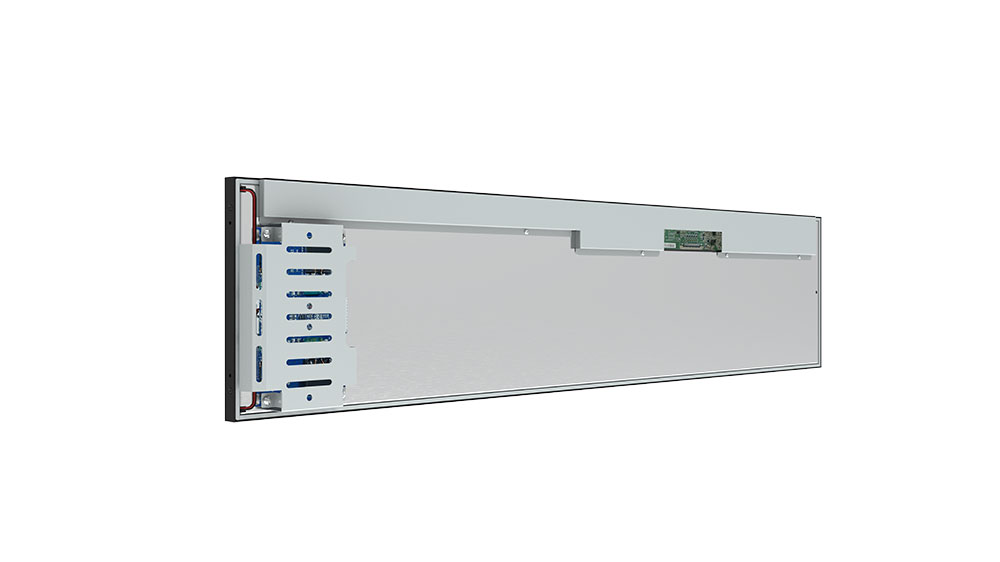- Home
- About Us
- Products
- News
- Video
- Contact
- Send Inquiry
Search
- Home
- About Us
- Products
- News
- Video
- Contact
- Send Inquiry

Selecting the right outdoor LCD screen for high-brightness applications is critical for ensuring visibility, durability, and long-term performance in challenging environments. Whether deployed in transportation hubs, retail kiosks, sports stadiums, or public information displays, these screens must withstand extreme temperatures, humidity, direct sunlight, and physical wear. According to industry standards such as IEC 60068 (Environmental Testing) and ANSI/IES RP-21 (Lighting Standards), outdoor LCDs must meet specific brightness, contrast ratio, and viewing angle requirements to remain effective during daylight hours.
A key metric to consider is luminance, measured in nits. For most outdoor applications, a minimum of 5,000 nits is recommended—though premium models can exceed 10,000 nits. This level of brightness ensures that content remains legible even under direct sunlight, which can reach up to 100,000 lux on a clear day. Screens with dynamic brightness control (DBC) technology adjust output based on ambient light conditions, improving energy efficiency without compromising visibility. Case studies from companies like Samsung and LG show that DBC-equipped outdoor displays reduce power consumption by up to 30% while maintaining readability in varying lighting conditions.
Another crucial factor is display technology. While LED-backlit LCDs are common due to their cost-effectiveness, OLED panels offer superior contrast ratios and deeper blacks, making them ideal for high-end advertising and digital signage. However, OLEDs are more sensitive to UV exposure and require specialized encapsulation for outdoor use. In contrast, IPS (In-Plane Switching) LCDs provide wide viewing angles (up to 178°), essential for multi-user access in public spaces. Research published in IEEE Transactions on Consumer Electronics confirms that IPS panels maintain consistent color accuracy across different angles—a vital feature for interactive installations.

Durability is equally important. Outdoor screens must be rated at least IP65 (dust-tight and protected against water jets) and ideally IP66 or higher for marine or industrial environments. Military-grade certifications such as MIL-STD-810G ensure resilience against shock, vibration, and temperature extremes (-30°C to +70°C). Real-world examples include the deployment of Panasonic’s Tough Series displays in Tokyo’s subway system, where they operate reliably in humid, high-traffic areas.
Additionally, connectivity and maintenance should not be overlooked. Modern outdoor LCDs often integrate Wi-Fi, Ethernet, and cellular modules for remote monitoring and software updates. Built-in diagnostics help identify issues like backlight degradation or panel misalignment before they cause service outages. As per a 2023 report by MarketsandMarkets, the global outdoor digital signage market is projected to grow at a CAGR of 12.4% through 2028, driven by demand for smart city initiatives and real-time data communication.
In conclusion, choosing the right outdoor LCD screen involves evaluating brightness, display technology, environmental resistance, and connectivity features. By aligning specifications with application needs—such as using high-nit IPS panels with IP66 ratings for a seaside advertising kiosk—you ensure both operational success and return on investment over time.